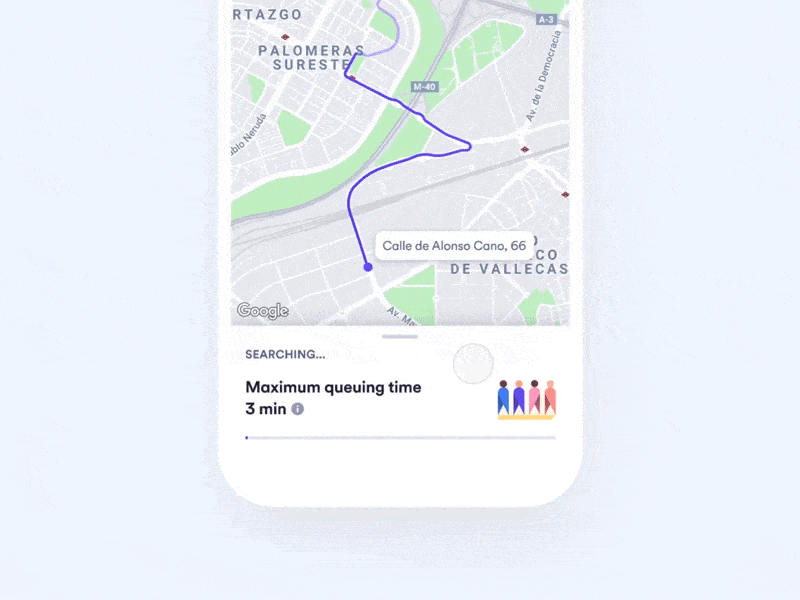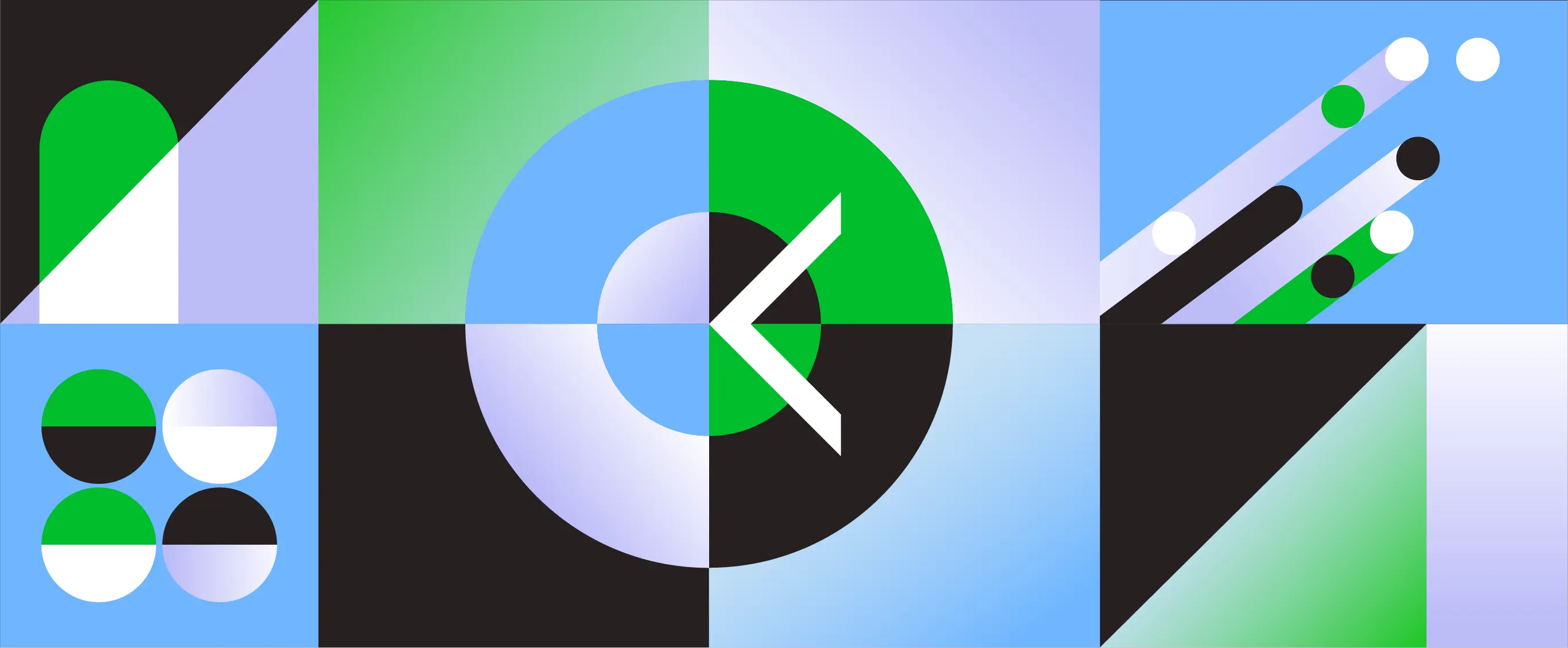How much of your day do you think you spend waiting?
And how much of that waiting is caused by technology?
Ankit Passi wrote a great article about waiting, where he points out:
As the internet speed is getting faster and faster each day, technology is getting more complex as well. Waiting is inevitable.
We could argue that technology has become more efficient over time: reducing waiting times and, in many ways, improving our daily lives. But time isn’t objective. It’s perceived. An hour can feel like minutes, and a few seconds can feel endless.
Time perception is deeply contextual. When we’re engaged in something, time flies. When we’re waiting, it seems to slow down, sometimes to a complete stop.
So what is it about those few seconds (or, worse, minutes) of waiting that makes them feel so unbearable?
Think about traffic jams. What makes them so frustrating isn’t just the delay, but the uncertainty. Not knowing how long it will take or when it will end. Some countries place screens along highways showing real-time traffic information and estimated arrival times. It’s far from teleportation, but knowing what to expect reduces anxiety and makes the wait more tolerable.
Chris Kiess explores this idea by distinguishing between waiting time and occupied time. Waiting time is the moment you’re stuck doing nothing: sitting in the car, standing in line. Occupied time is what you do to fill that gap: turning on the radio, checking your phone, finding something to distract yourself.
When we’re occupied, time feels shorter. When we’re idle, it stretches.
Waiting is inevitable. And no matter how short it is, it’s rarely pleasant for users.
So the real question is: how can we reduce the anxiety of waiting and design better experiences around it?
Gamify the wait
A few years ago, I worked as a customer service agent in a call center. One day, the entire floor lost its internet connection. While we waited for it to come back, someone opened Chrome’s offline T-Rex game.
What started as a quick distraction turned into a competition. Who could get the farthest? Who could beat the high score?By the time the connection was restored and we got back to work, what felt like a short break had actually been an hour and a half.
Waiting time had turned into occupied time, and surprisingly, into something enjoyable. Well played, Google.

Cabify offers another great example of transforming waiting into something more engaging. The average wait for a cab is usually between three and five minutes. While the app searches for a driver, it lets you play a simple game: tapping the screen to help a character avoid crashing into trees on a scooter.

Back in 2014, a city in northern Germany introduced Street Pong, an initiative designed to “curb boredom while waiting for the green light at pedestrian crossings.”
The device, attached to lamp posts, allowed pedestrians on opposite sides of the street to play together while waiting to cross.

Conclusion
Technology has reduced waiting times so much that we’ve almost forgotten how to wait. Our tolerance has shrunk. We expect everything to be instant, seamless, immediate.
But initiatives like Street Pong show that waiting doesn’t have to be a negative experience. When designed thoughtfully, it can reduce anxiety, create moments of delight, and even bring people together.
As designers, we can’t eliminate waiting altogether.
But we can decide how it feels.








